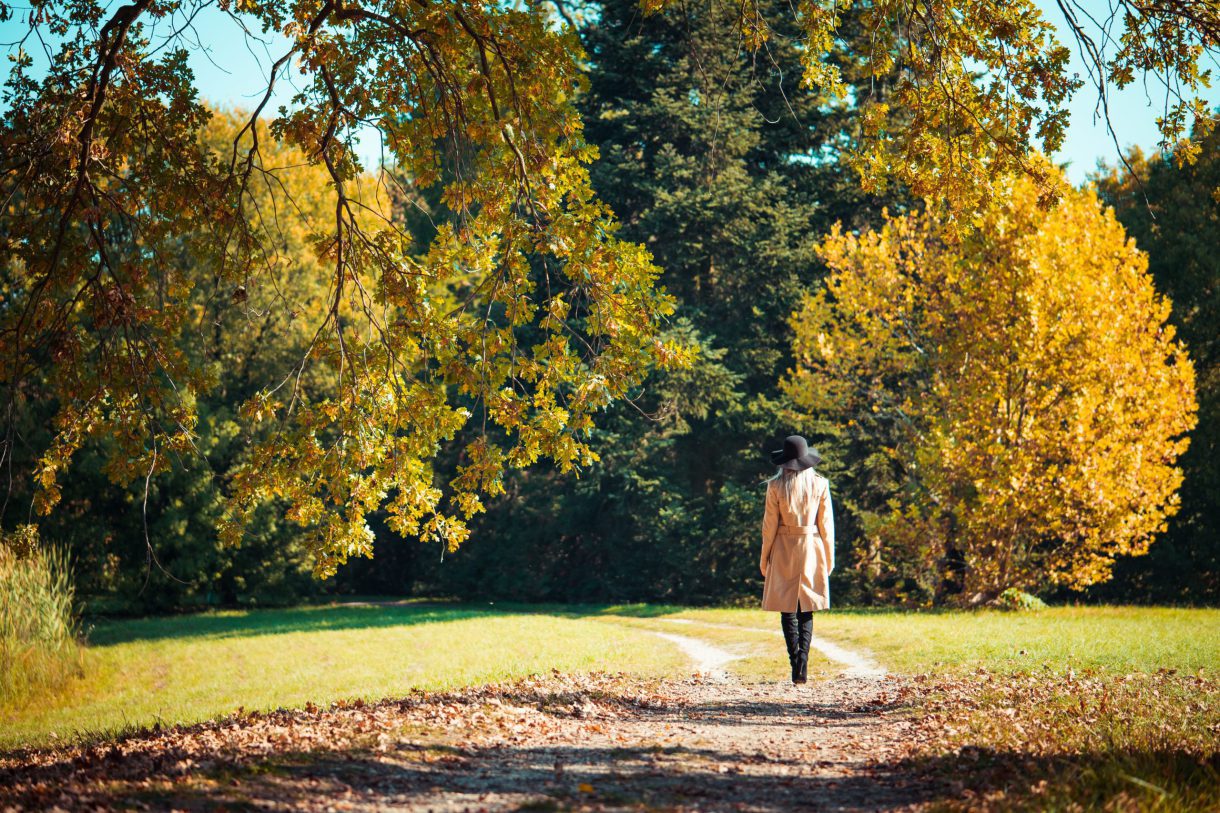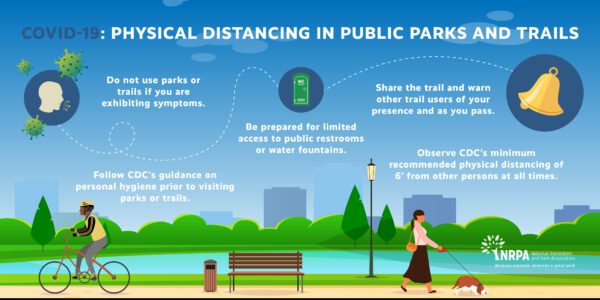
To limit the community spread of COVID-19, the Governor of North Carolina issued a Stay at Home proclamation that took effect Monday at 5 PM. This proclamation restricts individuals from leaving their homes or traveling except to engage in essential activities such as maintaining infrastructure, seeking medical care, or purchasing groceries.
Significantly, the proclamation does not prohibit individuals from going outdoors alone or with close family members or pets. Numerous state parks have been closed, as have local parks and playgrounds. Trails and greenways, however, remain open at this time and are, for now, considered safe as long as we maintain our social distances. As we have all come to learn over the past few weeks, individuals engaging in outdoor activities such as walking, hiking, running, biking, or golfing must practice social distancing to slow the spread of disease.

With many schools, workplaces, local businesses, and cultural centers like museums and libraries closed, as well as most social activities canceled or postponed, our public open spaces and even our streets now represent one of the few opportunities most people have to leave their homes. They provide a change of scenery, a place to exercise, and a way to connect with one’s neighborhood in an increasing isolating climate.
“At WithersRavenel, we spend a lot of time thinking, talking, and philosophizing about the power of parks and open space to create memories, transform communities, and change lives,” said Gary Warner, WithersRavenel’s Senior Director of Design and Planning. “Now more than ever, in this time of social distancing, work-from-home methodologies, and uncertainty, we’re turning to public spaces as a way to nurture not only our physical health, but also our mental health.”
We recognize that not all people have access to open spaces, however. Some may live in communities that do not have parks and trails in their own neighborhoods, and their ability to travel to other neighborhoods may be limited by a lack of public transportation or safe infrastructure like sidewalks and bike lanes. Others may live in areas where they feel unsafe due to crime or poor sanitation. Some may be lucky enough to have safe and attractive open spaces nearby, but still be unable to use them due to physical or mental challenges for which the spaces do not provide sufficient accommodation.
We believe that parks, trails, and open spaces are for everyone, acting as great equalizers to bring together people regardless of age, socioeconomic status, or ability. They cannot be the exclusive privilege of any one groupcertainly not by design, but also not through ignorance or negligence.
As planners, designers, and place makers, we work to create parks, trails, and open spaces that are accessible to more people. If you are fortunate enough to be able to enjoy one of these public places, we encourage you take advantage of it while continuing to practice the safety recommendations set forth by the CDC and our local governments.
Great parks, trails, and open spaces do not happen by accidentthey are the product of vision, determination, and hard work. Let us hear how your favorite parks and trails have impacted your life. If you do not have easy access to a local park or nearby trail, let us know and let’s chat about potential solutions.
